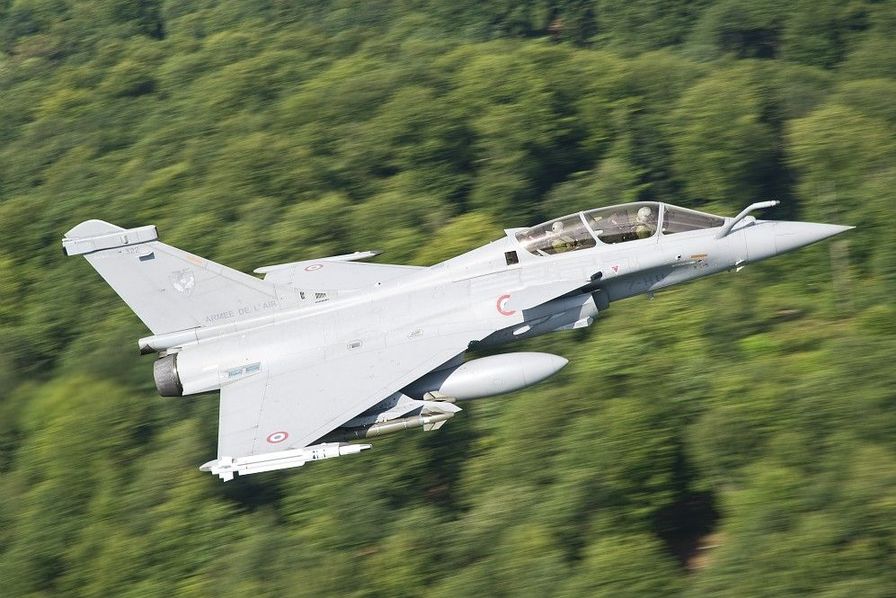While the format of armies will remain unchanged in the next LPM for budgetary reasons, a new model for possessing defense equipment would potentially respond to future challenges.
At the end of the 60s and the beginnings of on-board electronic systems, military equipment experienced very rapid growth in performance and capabilities. At the same time, their acquisition and implementation costs also increased dramatically, far outpacing the increase in military budgets.
In an attempt to maintain the formats and above all the operational capacities, the military and industrialists undertook to rely on two characteristics made possible thanks to the contributions of electronics and information technology, namely the versatility of the equipment, and their scalability to extend the effective life in the forces.
Un Rafale to replace them all
For example, Rafale French, designed from the beginning of the 80s, made it possible to replace, single-handedly, the eight fighter models in service within the French armies, the aircraft being both an air superiority fighter like the Mirage 2000C and the Crusader, an attack aircraft like the Jaguar, the F1CT, the 2000D and the Super Étendard, a reconnaissance aircraft like the F1CR and the Étendard IVP, and a strategic strike aircraft like the Mirage 2000N.
In terms of scalability, the Dassault aircraft, which continues to garner export orders more than 20 years after its entry into service, has experienced no less than 5 iterative standards to date, from the F1 for on-board air superiority to the F -3R versatile multirole, and will further evolve with the next F4 and F5 standards, bringing the device to the threshold of the 5th generation.
The extension of the lifespan of equipment, thanks to scalability, as well as their versatility, enabled military planners to respond to format and capacity issues under budgetary constraints, further reinforced by the famous "benefits of peace" following the collapse of the Soviet bloc.
The French air forces, like those of the British or Americans, experienced profound reductions in size, reaching 65% for these three countries, and more for countries like Germany and Belgium.
However, what was a response to an immediate problem transformed over time into a paradigm governing not only formats, but also equipment ownership policies. Thus, the aircraft of the generation RafaleAs Typhoon European or the Swedish Gripen, are planned to remain in service beyond 2060, more than 60 years after entering service.
As for their successors, such as the NGF of the FCAS program, the Tempest or the NGAD, they will have to keep the line until 2100, while they will enter service from 2035 or 2040. The same applies in the field armor, and to a lesser extent, in the field of combat ships, all of which are now designed for an extended operational life thanks to enhanced scalability.

The Limits of the Current Possession Doctrine
Intuitively, this strategy makes sense. An evolution costing much less than to acquire, and therefore to develop a new device, the more one extends the lifespan of an equipment thanks to successive evolutions, the more it should prove to be economical to implement.

The rest of this article is for subscribers only
The Classic subscriptions provide access to
all articles without advertising, starting at € 1,99.
Newsletter subscription
Register for the Meta-Defense Newsletter to receive the
latest fashion articles daily or weekly


[…] […]
[…] February 27, 2023 […]
[…] the budgetary impact, for example by applying the measures recommended in the article "How the evolution of the doctrine of possession of equipment can make it possible to extend the...", or by deepening the potential effects of the effort industrial, particularly in terms of […]